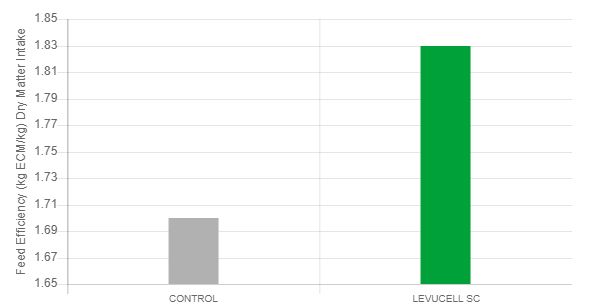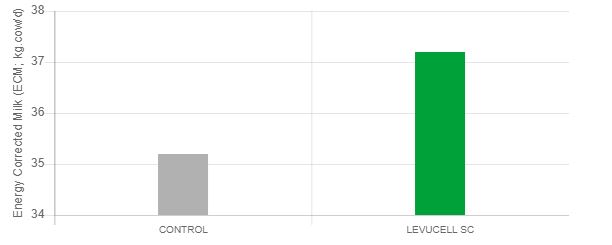Blog | Reading Time 4 minutes
Practical tips for heat stress prevention in ruminants
Heat stress impacts the performance and well-being of all ruminants. This was first clearly demonstrated with large epidemiological studies in dairy cows (Burgos and Collier, 2011), indicating short-term production losses and longer-term welfare issues. Heat stress has also been increasingly recognized as an issue for growing ruminants: beef, calves, heifers, and small ruminants like goats and sheep.
Prevention is key to limit the immediate effects on milk or meat production — but also to prevent long-term effects of heat stress on animal welfare, longevity, and reproduction. When summer is around the corner, producers and nutritionists should be ready. Prepare the herd to face the hotter months as early as possible to avoid production dips. In addition to common heat abatement strategies (providing shade, use of fans and/or sprinklers…), nutrition can help too. Here are some practical adaptation measures that can be put in place for the herd with particular attention to feeding and nutrition:
- Increase availability of water. Make sure water is readily available and clean. Check water through refresh rates and clean the water troughs regularly. For dairy and beef cattle, it is recommended to allow access to a minimum of 8 cm (3 inches) of linear trough space per animal.
- Feed when it is cool. Producers can feed twice daily to help maximize intakes. Ideally, more of the total mixed ration (TMR) should be offered at the coolest part of the day — around 8 p.m. to 8 a.m.
- Guard against sorting. Ensure the forage component cannot be sorted out and perform regular TMR push-ups to encourage access and feed intake.
- Don’t feed hot silage. Aerobically unstable silage can cause the entire ration to heat. Cattle simply don’t want to eat hot feed in the summer. Plus, hot silage is a sign that valuable nutrients have been lost. To minimize spoilage, feed out at a rate fast enough to avoid heating and discard all moldy silage. For future harvests, producers can use an inoculant containing the specific bacteria strains Lactobacillus buchneri 40788 and Lactobacillus hilgardii CNCM I-4785 to help improve the aerobic stability of silage if heating is a consistent challenge.
- Add antioxidants. Ensure an adequate level of vitamin A and E and other antioxidants are included in the ration. Feeding organic trace mineral sources like those found in selenium yeast have proven beneficial to the nutrient demand of high-performing animals. Sources of vegetal superoxide dismutase have also shown benefits on the antioxidant status of animals.
- Maximize digestion. Always select the most digestible forages and strive to maximize the inclusion of forage-neutral detergent fiber (NDF) within the appetite limit of each pen. Adding the live yeast Saccharomyces cerevisiae CNCM I-1077 —Levucell SC — to the diet can improve rumen function and increase fiber digestion.
In dairy cows, peer-reviewed published research showed lactating cows supplemented with S. cerevisiae CNCM I-1077 had 7.6 percent higher feed efficiency under severe heat stress conditions. In addition, LEVUCELL SC increased energy-corrected milk yield by 5.7 percent (Perdomo et al., 2020). Research also showed cows that were exposed to heat stress showed improvement in rumination activity, fiber degradation, and manure consistency.


In beef cattle, studies showed a 1.4 percent better feed conversion ratio with the live yeast S. cerevisiae CNCM I-1077 and significantly better results when cattle were fed higher fiber levels (De Ondarza et al., 2010). In addition, LEVUCELL SC significantly increased average daily gain by 2.1 percent in finishing cattle. Summer grazing stocker cattle fed LEVUCELL SC through loose mineral were shown to have more consistent mineral intake levels plus a 3.5 percent gain improvement as compared to controls (Lallemand Animal Nutrition internal data, 2013).
Probiotics are especially helpful for producers experiencing production and health challenges during times of heat stress. When heat stress occurs, normal rumen and immune function are disrupted. With simple changes, producers can help cows continue to perform even under heat stress conditions.
Visit our LEVUCELL SC landing page to learn more!
Published Jun 29, 2021 | Updated Dec 5, 2023
Related articles
Need specific information?
Talk to an expert